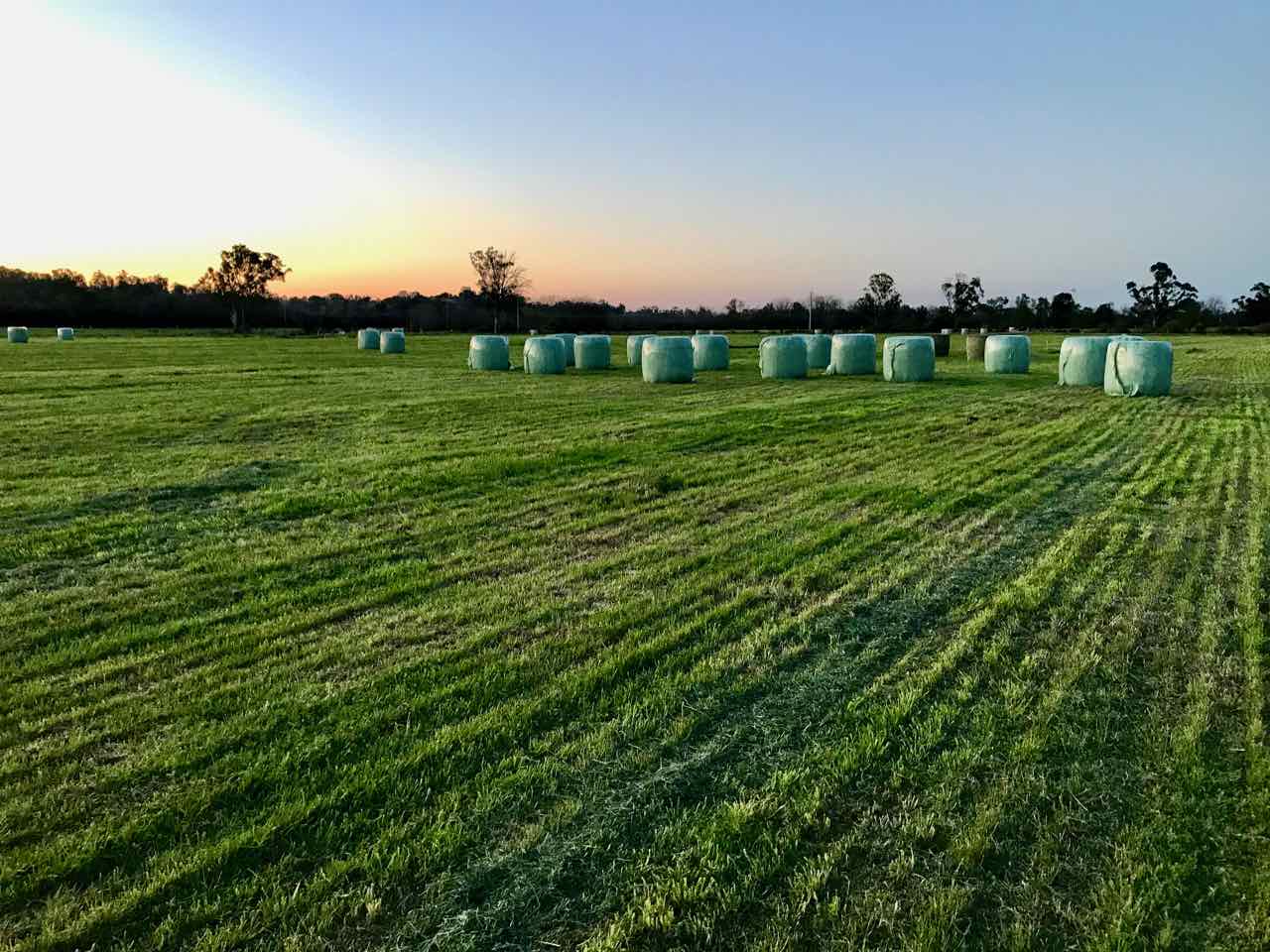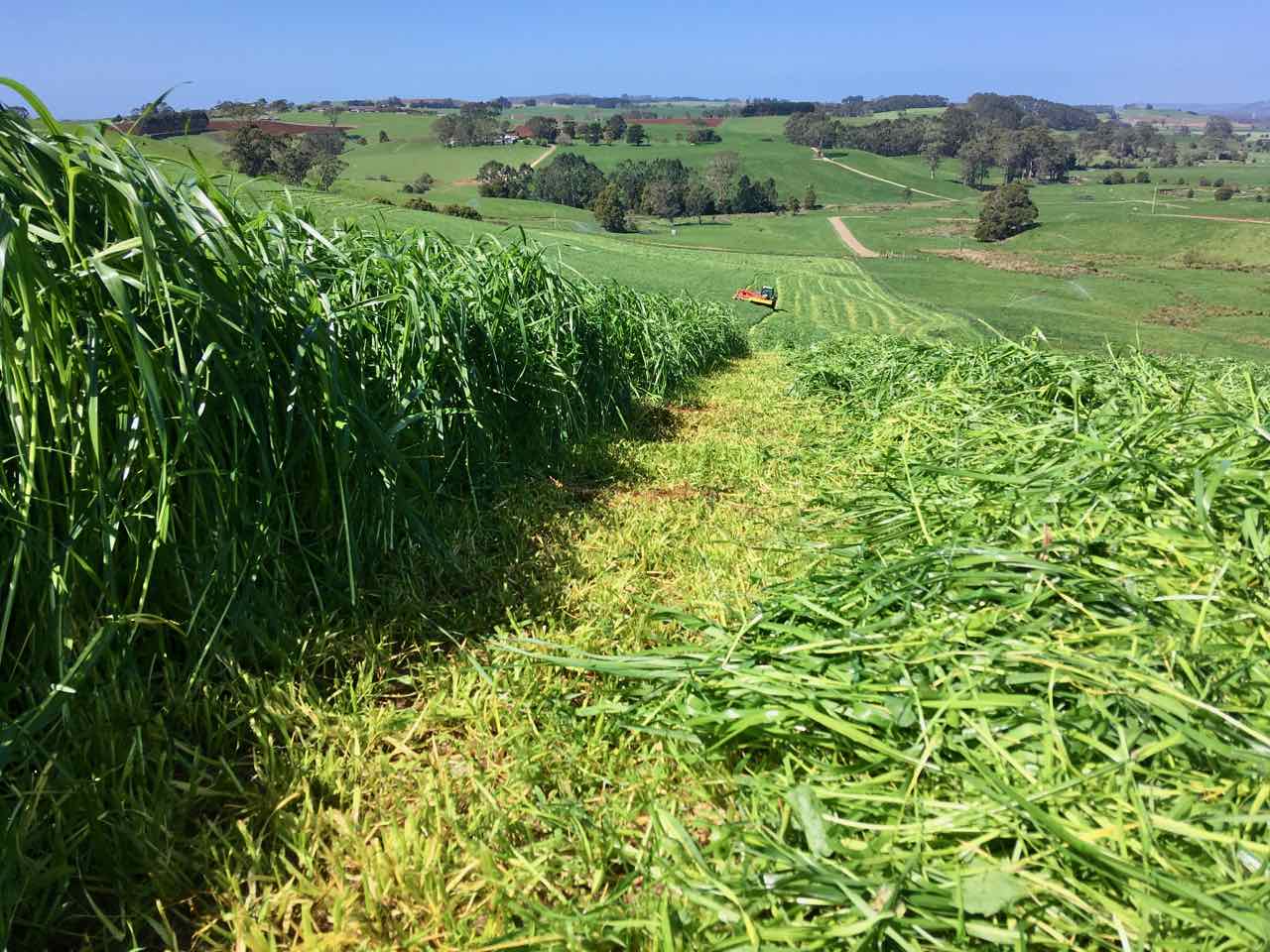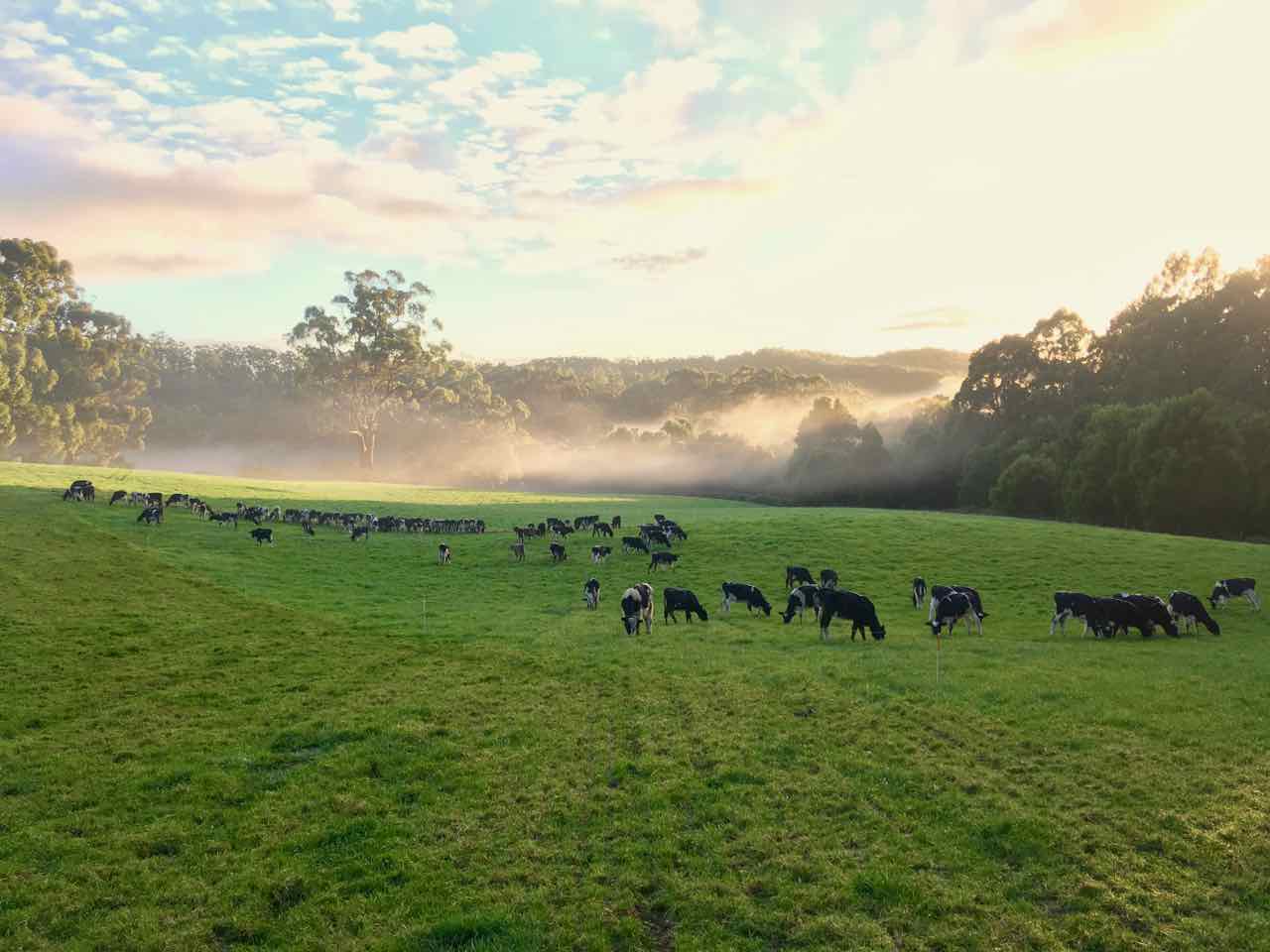Growth and abundance — these are the two things that spring brings to your pasture. But as a farmer, how do you maximize this abundance of growth for your livestock?
The answer is simple: Spring Management.
In this blog, we will discuss the following:
1. What is Spring Management
2. Why is Timely Grazing Important?
3. Planning your Grazing System
4. Tips and to-do’s for Effective Spring Management

What is Spring Management
Spring flush is a once-in-a-year occurrence where the ryegrass pastures grow to its maximum capacity. This seasonal influence is due to the right amount of soil water and temperature that is conducive for its growth. Spring is one of the most productive times of the year, and for sure, as a primary producer, you want to avail of this and make its benefits last as long as you can.
This opens the door to where spring management comes in. Through refining spring management, you are maximizing your pasture and effectively ensuring that your livestock consumes only the highest quality of forage.
Aside from the main goal to maximize the abundance of your pasture, why is spring management critical? During spring flush, pasture growth is at its maximum, but the demand for nitrogen and potassium is also high, while soil reserves are low. And so, coming into spring from winter should be a time for you to focus on soil fertility. This focus ensures that your soil can drive your most abundant pasture to even more growth.

Why is Timely Grazing Important?
The negative environmental impacts of grazing have garnered discussion and great attention. Little is known about the positive effects of grazing, specifically when it comes to improving pasture growth and soil health. Over the years, this has been an ongoing revelation. In the early 1900s, Aldo Leopold considered fire, cow, axe, plow, and seeding as potential renovation tools. In the early 20th century, how we used these tools have changed over time, but they are still as valid today, especially when it comes to grazing.
But grazing needs to be done in the right matter at the right time. If done incorrectly, grazing can decrease the survivability and competitiveness of desirable species. Furthermore, improper management can increase the survivability of undesirable, weedy ones. However, once grazing is performed correctly at the right time, it can improve the survivability of suitable species and decrease the competitiveness of undesirable species.

Planning your Grazing System
The first step towards effective spring management through grazing is developing a plan. A plan comprises goals and objectives for the entire grazing, including profitability measures, lifestyle options, and biological considerations, like forage production, soil health, animal performance, and ecosystem impacts.
Having an inventory is crucial in coming up with an excellent grazing plan. Knowing your resources is the first step. Resources are your available forage, as well as its capacity to meet the nutritional requirements of your livestock. This understanding will help you plan out a grazing plan that is just right for your needs. More so, having a proper inventory will help you identify the right time for grazing as well as the physical infrastructure that you may need for this if any.
A grazing system is therefore vital in ensuring that your forage resources match the needs of your livestock. And, while promoting a healthy pasture regrowth not only during the grazing season but more importantly after it.
Grazing systems vary depending on many factors, namely livestock, the climate, plant species available, and types of soil.
Tips and To-Do’s for Effective Spring Management
In grazing, there are no one-size-fits-all. It is essential not only to plan and build your grazing plan with flexibility in mind but to also keep in mind the unique qualities of your pasture. Through ample flexibility in your grazing system, you can quickly adapt to changes in the situation. Always keep in mind that grazing systems should be dynamic and should be able to adapt.
When a grazing system is planned out to be rigid and inflexible, a potential outcome is for plants to die. Your livestock, naturally, will graze the most delicious plant species on top of your continuous grazing. This grazing style will cause roots to eventually get exhausted from the grazing that will result in its death. This scenario usually transpires in highly-stocked grazed pastures, where regrowth is grazed frequently.
Such is why a controlled and flexible grazing system is what's recommended for effective spring management. In controlled grazing, animals do not have access to all the pastures. Instead, you get to control which parts of the field they can consume for some time.
In a controlled grazing system, pastures are divided into paddocks. Paddocks are where the land is grazed for a specified period. After this, livestock is not allowed access to the grazed area to ensure that the plants have ample time to recover and regrow before being eaten again. This practice may sound easy, but this requires knowledge of forage plants and of animals and how they interact. This knowledge leads us to why a controlled grazing system is often called "management-intensive grazing.”
Despite being "management-intensive,” a controlled grazing system has four basic tenets:
1. IDENTIFY AND BALANCE THE NUMBER OF LIVESTOCK ANIMALS WITH AVAILABLE FORAGE SUPPLY;
2. PLAN THE UNIFORM DISTRIBUTION OF LIVESTOCK ANIMALS OVER YOUR LAND;
3. GRAZE YOUR PADDOCKS ALTERNATELY AND REST TO MANAGE AND MAINTAIN YOUR PLANTS; AND
4. SELECT ONLY THE KINDS OF LIVESTOCK THAT MATCH YOUR FORAGE SUPPLY, GIVEN THIS SYSTEM AND ITS OBJECTIVES.

Aside from these to-do’s, here are a few tips that may help you create a successful controlled grazing system that will help you make the most of the spring flush:
You may incorporate rotational grazing in a controlled grazing system.
Through this, control is in your hands, instead of on the livestock animals in your land.
Do NOT wait too long before you graze.
One common mistake when doing controlled grazing is when farmers wait too long before pastures are ready. Waiting until the first paddock is available for grazing may result in it being out of control by the time you finish grazing the last paddock.
I cannot overstate the importance of knowing when to graze. Try to keep a record of your grazings and monitor vegetation growth. If paddocks are growing too fast, consider changing your controlled grazing rotations so that you have more time between grazings.
You can also try spreading out the number of stock during the day if there is a significant difference in carrying capacity between days/paddocks.
In an effective controlled grazing system, the general rule is that if the growth rate of your pasture increases, the rotation of your animals should be just as rapid.
This rule of thumb allows you to stay in control of your pasture. Furthermore, ensuring that your pasture remains in a vegetative state with the help of your animals. It is important to consider harvesting forage for animal feed as early as possible. For example, if the pasture has reached its maximum stocking density or can only support one more grazing episode; it is best to harvest at this time. If you wait too long, the growth rate of your vegetation will be inhibited by overgrazing and will cause further issues with respect to animal health (i.e., reduced weight gains and so on).
Many factors influence how fast a pasture grows; therefore, delaying your rotation farther than necessary could affect animal performance negatively. It should also be noted that shortening the length of the grazing season within a field may result in over-grazed areas developing within fields. These areas must be rested longer to recover due to being overgrazed.
It can be okay to say NO to nitrogen in spring.
If you think spring nitrogen can help you control your pasture, you are wrong. It can even worsen your problem of having too much grass. Instead, you may use your nitrogen for autumn’s stockpiling.
The reality is, all ruminants and plants need nitrogen. In practice, most farmers use nitrogen from fertiliser to supplement this grass-based diet of ruminant animals. This has been part of the tradition in intensive livestock farming. Moreover, with mechanisation and increased chemical inputs, grassland agriculture became a more industrialised way of milk production after World War II with a focus on high milk yields rather than healthy animals or high beef productivity.
These practices have added so much synthetic nitrogen into the soil, waterways and the wider environment that now nature is not evolving quick enough.
In addition, the rationalisation for not using too much nitrogen in spring was to protect against leaching as well as supplying nitrogen at times when the grass was not growing actively enough for its own needs.
Reserve your most productive paddocks for conserved fodder.
Every time you graze your paddocks, always remember to make sure that the pasture growth is just about to get away from you. After this, remove the productive paddocks from your grazing rotation. You may use this removed paddock to harvest for hay or silage.
Whilst rotating your grazing paddocks, do not go to the same area where you have already grazed. This will be detrimental to that particular area since it will lose its productive potential. Find a new place in the same general vicinity instead based on days since grazing and vegetation growth.
Manage your forage by incorporating warm-season grass.
This tip is intended to maximize the spring flush of pasture growth by increasing your stocking density. You can do this by including a warm-season grass that can adapt well in any soil type.
Conventional wisdom tells us that the more light, heat and rainfall a plant receives, the greater its growth rate will be. Conversely, less of any or all of these factors will result in lower productivity. This tip focuses on how to increase your stocking density by increasing forage availability early in the season with a warm-season grass species - switchgrass (Panicum virgatum) is an excellent choice.
It is critical to get this right from the beginning because it's difficult to make up for poor initial results later in the year.
Concerning the previous tip, increase stocking density.
By doing this, you are giving yourself an allowance to harvest more of your forage. Another way of doing this, aside from incorporating warm-season grass, is to add stockers or thin cull cows in your rotation.
I reply to every comment and would love to hear your experiences with ryegrass in the comments below.
Happy farming!
- The Dedicated Team of Pasture.io, 2021-09-08